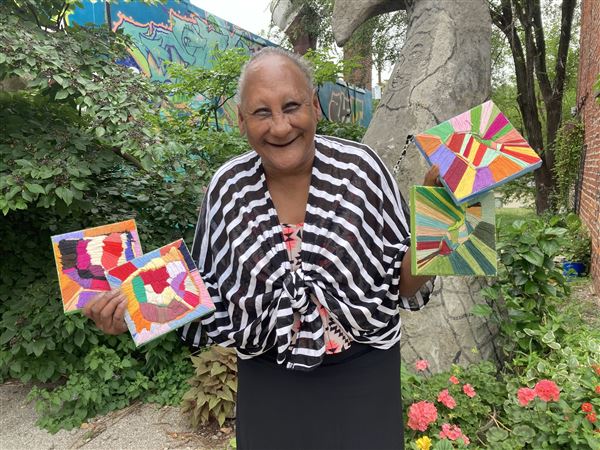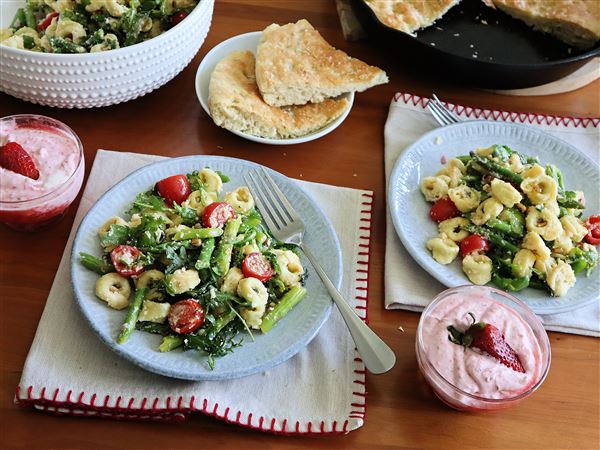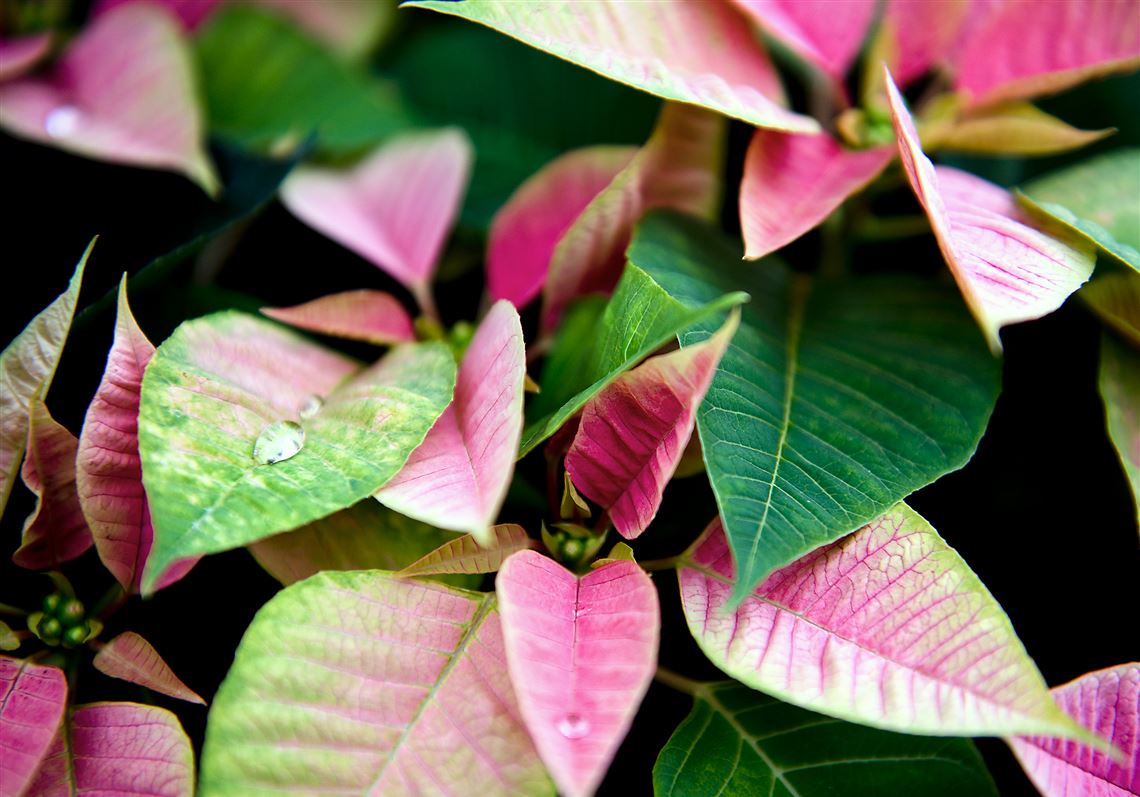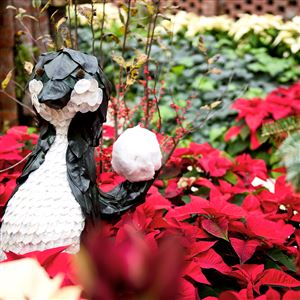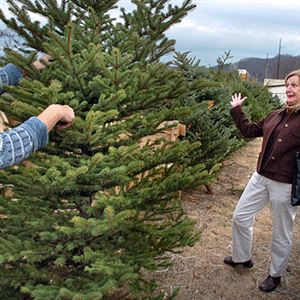Poinsettias are the classic Christmas house plant. But they don’t have to be red, and they don’t have to stay in foil.
Why not try one of the new cultivars? Emancipate them from their foil wrappings and group them with complementary plants for a fresh take on this old-fashioned holiday favorite.
A mixed planting may require keeping plants with varying water requirements in their pots, planted within a container filled with soilless mix. An example is the combination of ‘Princettia Pink’ with ‘Frosty Fern’ Selaginella and lime cypress.
Look for another container to enhance the poinsettia’s beauty. A deep burgundy cultivar such as ‘Cortez Burgundy’ would look terrific tucked into a silver or gold container. Classic red and bright pinks or coral bracts would be set off nicely by a blue-and-white cachepot. A rustic basket might suit your décor much better than foil.
‘Princettia’ is an interspecific hybrid marketed by Suntory Flowers. They feature more petite flowers in a low-branching plant that can be used in dish gardens along with other houseplants. The same look can be achieved with “pixie”-sized pots and traditional poinsettias.
There is quite a bit of history surrounding these classic plants found at every grocery and big box store over the holiday season.
This Central American native was used by the Aztecs to cure fevers and create red dye. The poinsettia (Euphorbia pulcherrima) was named for Joel Robert Poinsett, the first American ambassador to Mexico in the 1820s. An amateur botanist, he discovered a bright red flowering shrub in the Mexican countryside and took cuttings back to his greenhouse in South Carolina. Greenhouse growers developed and promoted the plant to the point that it is the flower we most associate with Christmas.
It’s now available in chartreuse, cream, pale pinks and corals, and deep burgundy, as well as those with doubled, speckled or marbled “flowers.”
The colorful parts of the plant are actually bracts or modified leaves. The bright yellow clusters in the center are the plant’s actual flowers.
When choosing a poinsettia, look for those with flowers that are freshly opened. The leaves should be a deep green from top to bottom. Poinsettia stems exude a latex-like sap when cut. The sap can irritate the skin of sensitive people, but poinsettias are not highly poisonous to pets or people.
Poinsettias are very sensitive to near freezing temperatures, so be sure to place them in plastic sleeves when purchasing on a cold day. Mature plants prefer daytime temperatures between 60 and 70 degrees and nighttime temperatures closer to 55 degrees. You can prolong their life by moving them into a cooler spot overnight.
Unwrap your poinsettia and slip it into another container, preferably with a drainage hole. If you use a pot without a drainage hole, water it in a sink and allow it to drain thoroughly. Empty any water left standing in the container or saucer.
If you choose to leave the poinsettia in its foil wrapper, be sure to poke a hole in the foil to ensure proper drainage when watering. Keep the soil consistently moist, not wet. This may require watering 2-3 times per week depending on household temperatures. Plants that are allowed to wilt will drop bracts more quickly.
Poinsettias do best with indirect light, preferably six hours per day. Don’t allow your plant to touch a cold window or be exposed to cold drafts or the heat of a register or radiator.
Carol Papas is a Penn State Master Gardener. This volunteer program supports the outreach mission of Penn State Extension and provides research-based information to the public on best practices in sustainable horticulture and environmental stewardship. For more information, call 412-482-3476 or email alleghenymg@psu.edu.
First Published: December 3, 2016, 5:00 a.m.





